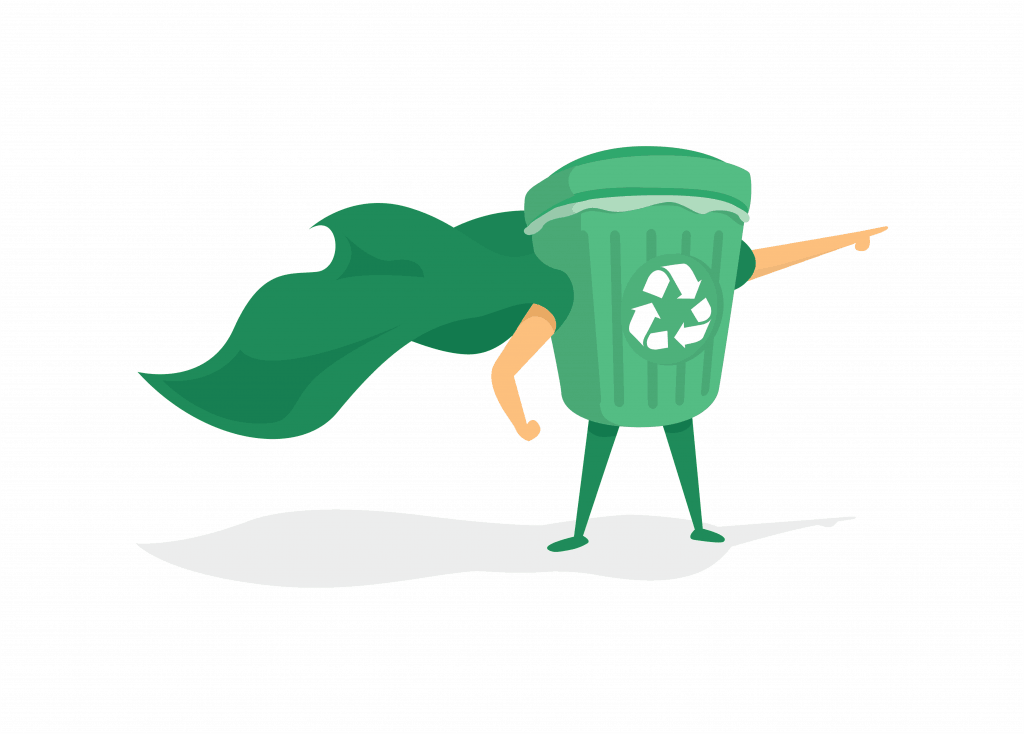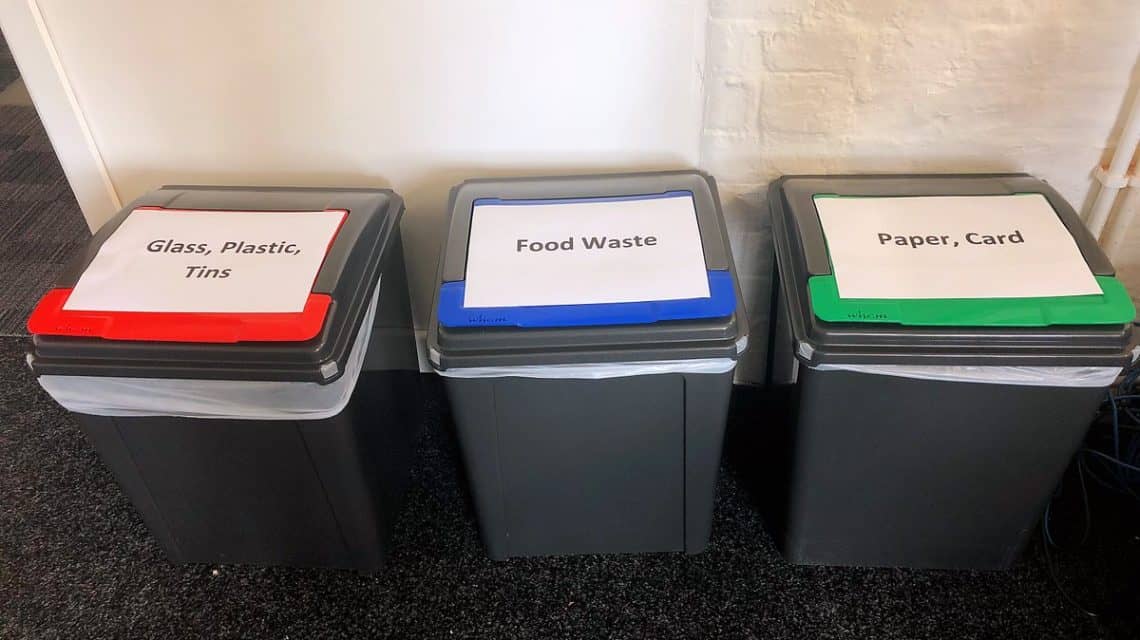By Hamza Achouri
The waste segregation is a great deal when it comes to recycling. The stages of the after-use of the waste is tricky and require attention, the absence is encouraging the contamination and devaluing the waste.
The inappropriate disposal of domestically gathered recycling through unlawful treatment of already well segregated, and recycled material by handlings resulting in cross-contamination and in landfill. Aside from the fact wastage contributes to time and cost overrun, it also has a profound impact on environmental implications in the form of pollution. This blog presents findings from surveys and face to face discussions through collecting and recycling domestically used material within various establishments.
As an operations manager at 99plas an ecological service platform, my daily life revolves around the sustainability of the planet. In office, we try to operate on as high a recycling efficiency as we can, following strict regulations as we aim to be a good example for the rest. All our recycling is well-segregated and later transferred to a deposit site, in which things are then dealt with through the building maintenance unit – this is where it all begins. I noticed how the deposit site had… no signage… no separate bins for waste… no clear building maintenance team. We would dispose of our well-cared for recycling only to be dumped in a pile with everything else. So, I took it upon myself to do a little research.
One Friday evening, the final collection of trash takes place. I stayed behind to meet who the handlers of my precious recycling were in which I met an old gentleman tossing all the trash into 1 pit: “Sir, may I ask if the contents of these bags are checked?” “I do apologise, I have no idea, I am only doing what I am told to do”, replied the gentleman. I went on to further explain the importance of understanding the qualities of segregation of recycled material and why we, as a company, go out our way to ensure recycling is dealt correctly. He smiled and insisted the information will be relayed back to the head of maintenance and ensured things will be dealt with differently. I did not stop there as I went on to investigate, approaching other workers around the establishment, only to be presented with the very same clueless answer – “I’m sorry, I don’t know what’s in these bags, I only do what I’m told!”
Many offices and building establishments will have some form of waste segregation. Your office will have a bin for paper, cardboard, metal and glass. This is to ensure we segregate on recycling to limit waste going to landfill, reduce costs, and for the public health - hazardous waste can cause long term health problems, so it is extremely vital we dispose correctly and safely whilst limiting contamination through mixings of materials. Then there are the establishments, similar to the one we are currently situated at, still struggling to recycle effectively, publishing very low statistics in successful recycling output.

How can we improve on effective waste segregation in recycling?
- Increase in waste and recycling deposit sites in convenient locations to give residents easy access, to and from, the building as part of normal day to day activity.
- Clear and consistent signage for each material offering an effective segregation in recycling that would allow maintenance teams to easily deal with the well-segregated recycling correctly, limiting contamination, and ultimately, more landfill.
- Positive visual amenity such as tidy and clean waste management areas, absence of spillages or uncontained waste around and within bins, limiting odour, and other complications, would be imperative in bringing everyone together as the prospect of turning individuals away due to neglect is always a danger – recycling must be made to look attractive!
- Honest and well-trained building caretakers with a clear waste management role, including for engagement with residents to encourage good recycling behaviours, is crucial for establishing a clean and clear system.
To conclude, these ideas for the improvement in the waste segregation to be researched was to look deeper into the unseen and explore the stages after recycling leaves our hands, and unfortunately, there is a clear problem that must be dealt with in order to promote healthy recycling whilst limiting potential detrimental practices.
At 99Plas, we hold the sustainability to the highest of priorities and aim to promote healthy practices in recycling and circular economy. Also, we offer a new interactive service in “Plaspedia” where we offer weekly educational videos on recycling, journals, and quality content – All that can be found on www.99plas.com Please follow us on Facebook, Twitter and LinkedIN @99Plas.


